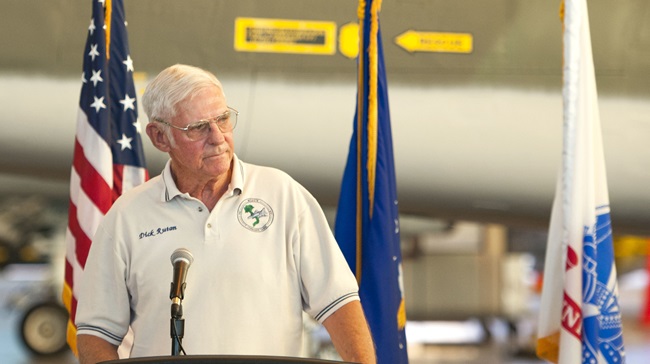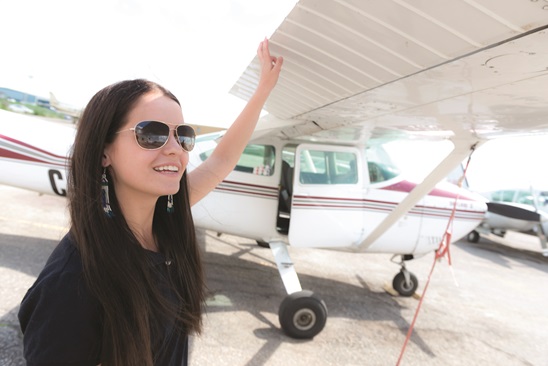April 27, 2004
Mr. Robert Noble
Airport Manager
Mahlon Sweet Field
28855 Lockheed Dr.
Eugene, OR 97402
Dear Mr. Noble;
The Aircraft Owners and Pilots Association (AOPA) is the world's largest aviation organization representing the interests of more than 400,000 members nationwide, including more than 6,400 Oregon residents.
The Association appreciates the time you and others directly involved in the new parallel runway project invested in meeting with our members on March 29th. The forum provided the opportunity for you, representatives of the Federal Aviation Administration (FAA) and Oregon Aeronautics, to hear directly from the users of the airport most impacted by proposed closure of the crosswind runway- general aviation. Since general aviation operations account for over 68% of operations at Mahlon Sweet Field (EUG), it is vital that the operational needs of these airport users be accommodated.
AOPA understands the airport administration's desire to increase runway capacity for future growth. We also understand the FAA's desire to ensure that Airport Improvement Program (AIP) funding is invested where it will provide significant benefit to aviation infrastructure.
However, we believe the data used to validate decommissioning the crosswind runway (runway 3/21) is seriously flawed. The existing wind study indicates that all weather coverage at EUG is currently 99.7% with both the primary and crosswind runways available. This will drop to 98.11% with parallel primary runways and decommissioning of the crosswind runway. However, the wind data used to reach these conclusions is based on conditions observed 24 hours per day rather than during those hours when general aviation aircraft are utilizing the airport and when crosswinds exist.
Under normal circumstances, it may be appropriate to collect and tabulate wind data based on 24 hour per day observations. But, Eugene is significantly different. There are few if any general aviation operations at night and crosswind conditions occur most often during daylight hours. Therefore, conducting data in a 24-hour window very obviously skews the results of total wind coverage.
The FAA recognizes these unique situations in the agency's Airport Design Advisory Circular AC 150/5300-13 change 6 at Appendix 1 - Wind Analysis.
Under Item 1 Objective, subparagraph a, the AC states:
"Wind conditions affect all airplanes in varying degrees. Generally, the smaller the airplane, the more it is affected by wind, particularly crosswind components. Crosswinds are often a contributing factor in small airplane accidents."
Item 1, subparagraph b reads:
"Airport planners and designers should make an accurate analysis of wind to determine the orientation and number of runways."
The same subsection indicates:
"The proper application of the results of this analysis will add substantially to the safety and usefulness of the airport."More importantly though, is the FAA's clear acknowledgement of the existence of unique airport conditions when collecting wind study data. Appendix 1 Item 3 - Coverage and Orientation of Runways shows this very clearly. In relevant part, it reads:
"The data collection should be with an understanding of the objective; i.e., to attain a 95-percent usability. At many airports, airplane operations are almost nil after dark, and it may be desirable to analyze the wind data on less than a 24-hour observation period. At airports where operations are predominately seasonal, regard should be given to wind data for the predominant-use period."
We believe the wind data used to validate decommissioning of this runway is seriously flawed and invalid for making such an important decision that will have wide-ranging impact on general aviation operating at the airport. With these facts in mind, AOPA believes strongly in the need for the continued availability of the existing crosswind runway.
Therefore, the Association requests that the airport immediately initiate a new wind study, which takes into account the items referenced above. It is our belief that an appropriate study would record and tabulate wind data in a less than 24-hour per day period. We suggest the study examine a window of daylight hours between the hours of 8 am to 8 pm daily. We have made a similar request to Bill Watson of the FAA's Seattle Airport District Office.
The crosswind runway is an important issue to the general aviation community. As you may know, AOPA's President, Phil Boyer has met personally with Senator Ron Wyden and Representative Peter De Fazio to convey our position on this issue. Both have pledged to work with AOPA to ensure the needs of general aviation operators at Sweet Field are accommodated properly.
This is also an important safety issue for the airport, its' tenants and airport users. As such, it is of the utmost importance to base decisions on information that is accurate and takes into account uniqueness associated with the airport.
Because of the importance this issue has to members of AOPA, I would appreciate receiving a response to our request at your earliest convenience.
Sincerely,
Bill Dunn
Vice President
Airports
Cc: Bill Watson
FAA Seattle ADO


